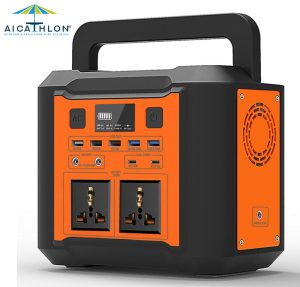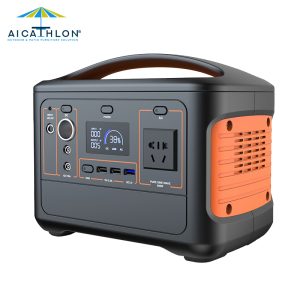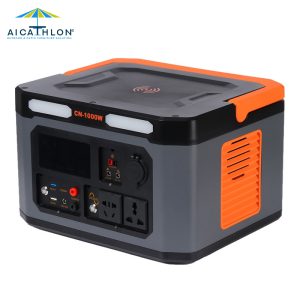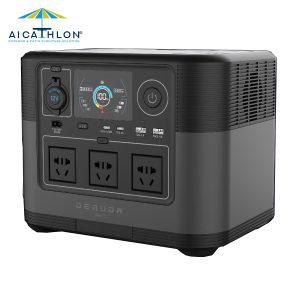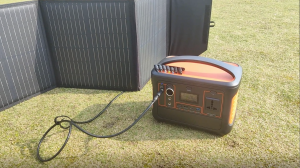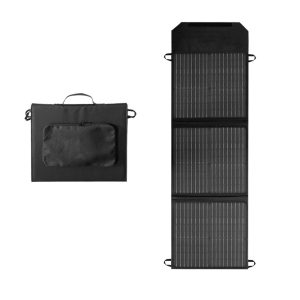More
Staying Cool Under Pressure: Temperature Control in Outdoor Portable Power Stations
Staying Cool Under Pressure: Temperature Control in Outdoor Portable Power Stations
Introduction:
When you’re out in the great outdoors, at an outdoor event, or facing a power outage, your outdoor portable power station is your lifeline to keep devices running. However, these powerhouses can generate significant heat during operation, which can impact their performance and longevity. To ensure your power station stays cool and continues to deliver reliable power, manufacturers implement advanced temperature control and cooling mechanisms. In this blog post, we’ll explore the key features of these systems, which keep your power station performing optimally even when the heat is on.
Key Features of Temperature Control and Cooling Mechanisms:
-
Internal Heat Sensors:
Outdoor portable power stations are equipped with internal heat sensors strategically placed to monitor the temperature of critical components. These sensors work diligently, continuously collecting temperature data. They serve as the eyes and ears of your power station, providing crucial feedback to the cooling system.
-
Intelligent Cooling System:
The heart of temperature control is the cooling system itself. It’s designed to manage the heat generated during operation. This system can employ various methods, including fans and heat sinks, to dissipate excess heat. What sets it apart is its intelligence. It’s not a one-size-fits-all solution. Instead, it automatically adjusts the cooling intensity based on the real-time temperature readings from the heat sensors. This means that when the power station is working hard and generating more heat, the cooling system responds accordingly, ensuring optimal performance without overheating.
-
Active vs. Passive Cooling:
Temperature control and cooling mechanisms in outdoor portable power stations can use either active or passive methods. Active cooling involves the use of fans to actively circulate air and dissipate heat. These fans operate dynamically, speeding up or slowing down as needed. Passive cooling, on the other hand, relies on heat sinks and natural convection. Heat sinks are designed to absorb and disperse heat, while convection allows hot air to rise and cooler air to take its place. The choice between these methods depends on the specific design and requirements of the power station.
-
Temperature Thresholds:
To ensure that the power station operates within a safe temperature range, the temperature control system sets predefined temperature thresholds. If the internal temperature rises beyond these limits due to heavy usage or external factors like high ambient temperatures, the cooling system activates. It works diligently to bring the temperature back to an acceptable range, safeguarding the power station and connected devices.
Conclusion: Cool and Reliable Power
Temperature control and cooling mechanisms are the unsung heroes of outdoor portable power stations. They work tirelessly behind the scenes to ensure that your power source remains cool, reliable, and safe even under demanding conditions. With internal heat sensors, an intelligent cooling system, active or passive cooling methods, and predefined temperature thresholds, your power station delivers the power you need without the risk of overheating. Whether you’re charging devices on a camping trip or running essential appliances during an outage, your power station stays cool under pressure, keeping you connected to the world.


